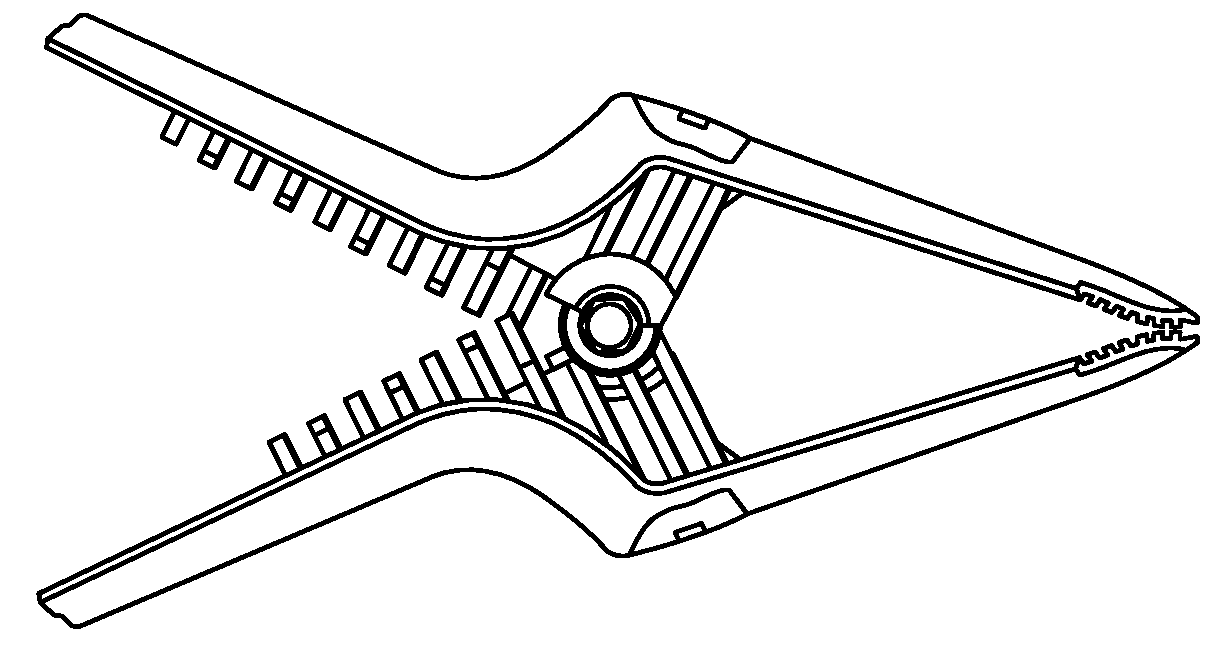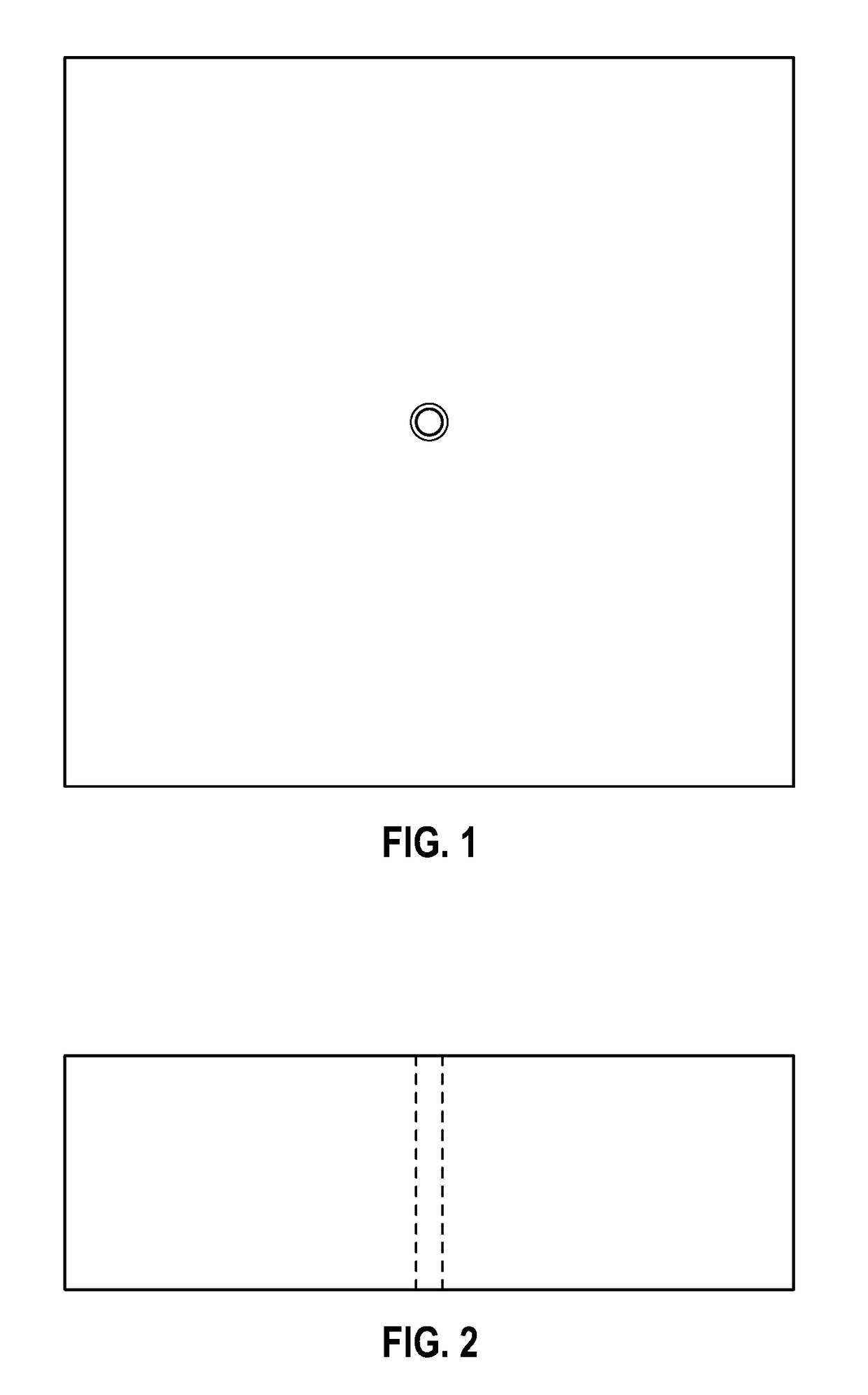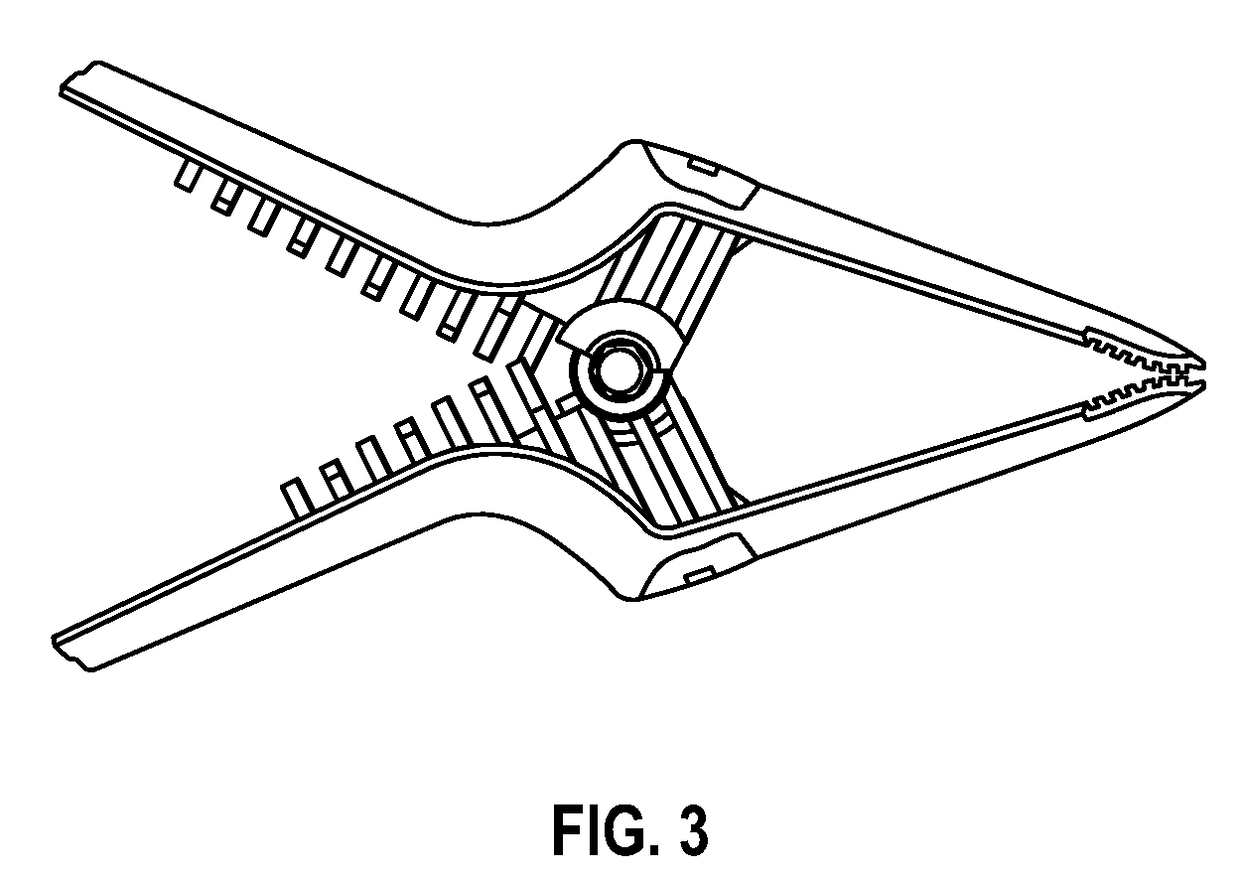Rat Repellent System and Method
- Summary
- Abstract
- Description
- Claims
- Application Information
AI Technical Summary
Benefits of technology
Problems solved by technology
Method used
Image
Examples
Embodiment Construction
[0022]Preferred embodiments of the present invention and their advantages may be understood by referring to FIGS. 1-4, wherein like reference numerals refer to like elements.
[0023]A rat repellent system and method involves a method of impregnating a fibrous material with an effective amount of a rat repellent substance.
[0024]In an embodiment, an effective amount of rat repellent substance is a predetermined concentration of menthol in a homogenous solution with a non-polar solvent. A specific example of the solvent would include coconut oil as a Medium Chain Triglyceride or MCT into which crystallized menthol is dissolved.
[0025]Rats have an extremely sensitive olfactory system. The rat olfactory system is susceptible to shock or extreme stimulus from contact with menthol evaporate from the rat repellent solution. The rat repellent solution within an impregnated structural member contacts the surrounding environment. Ambient temperatures above 32 degrees Fahrenheit result in a distri...
PUM
 Login to View More
Login to View More Abstract
Description
Claims
Application Information
 Login to View More
Login to View More - R&D Engineer
- R&D Manager
- IP Professional
- Industry Leading Data Capabilities
- Powerful AI technology
- Patent DNA Extraction
Browse by: Latest US Patents, China's latest patents, Technical Efficacy Thesaurus, Application Domain, Technology Topic, Popular Technical Reports.
© 2024 PatSnap. All rights reserved.Legal|Privacy policy|Modern Slavery Act Transparency Statement|Sitemap|About US| Contact US: help@patsnap.com










